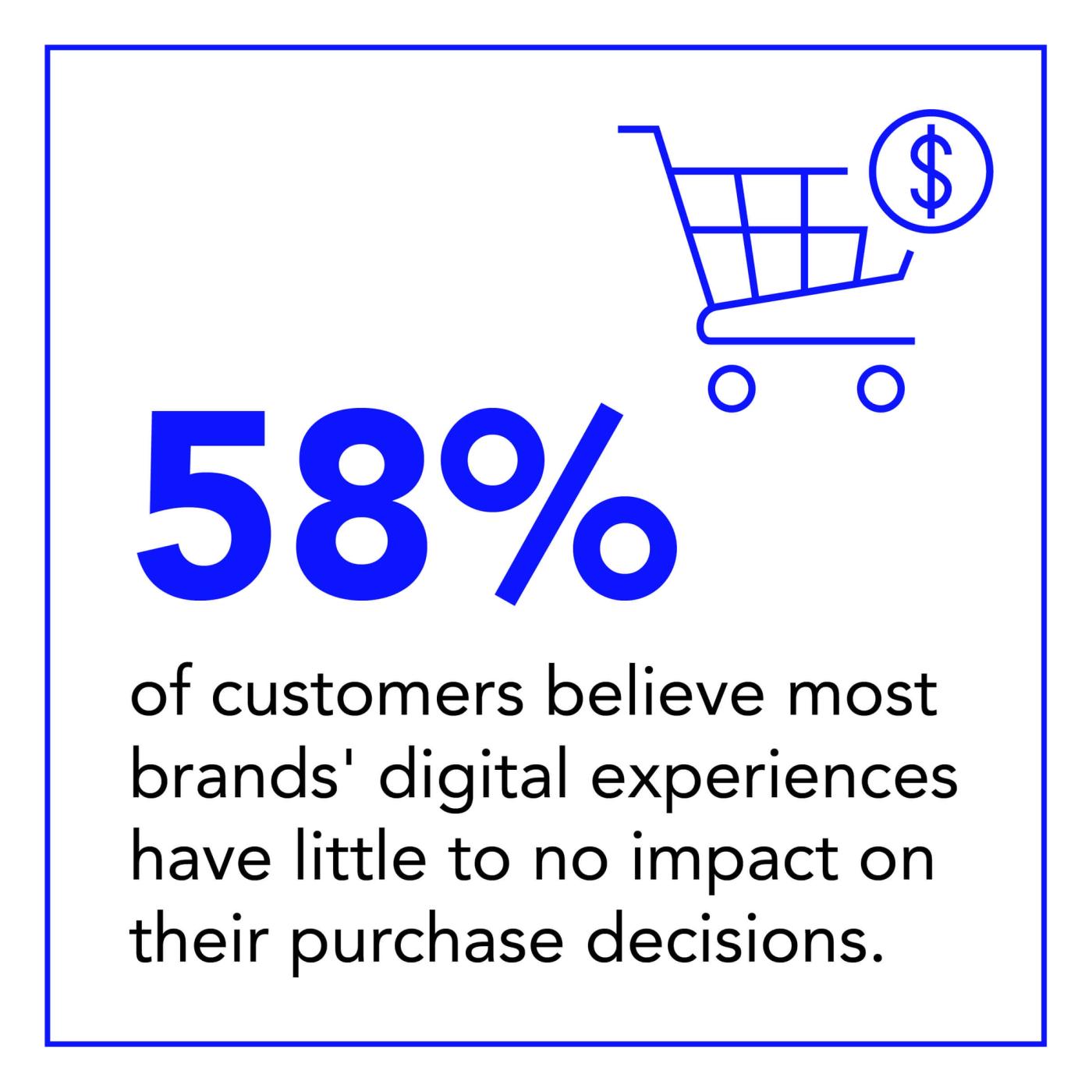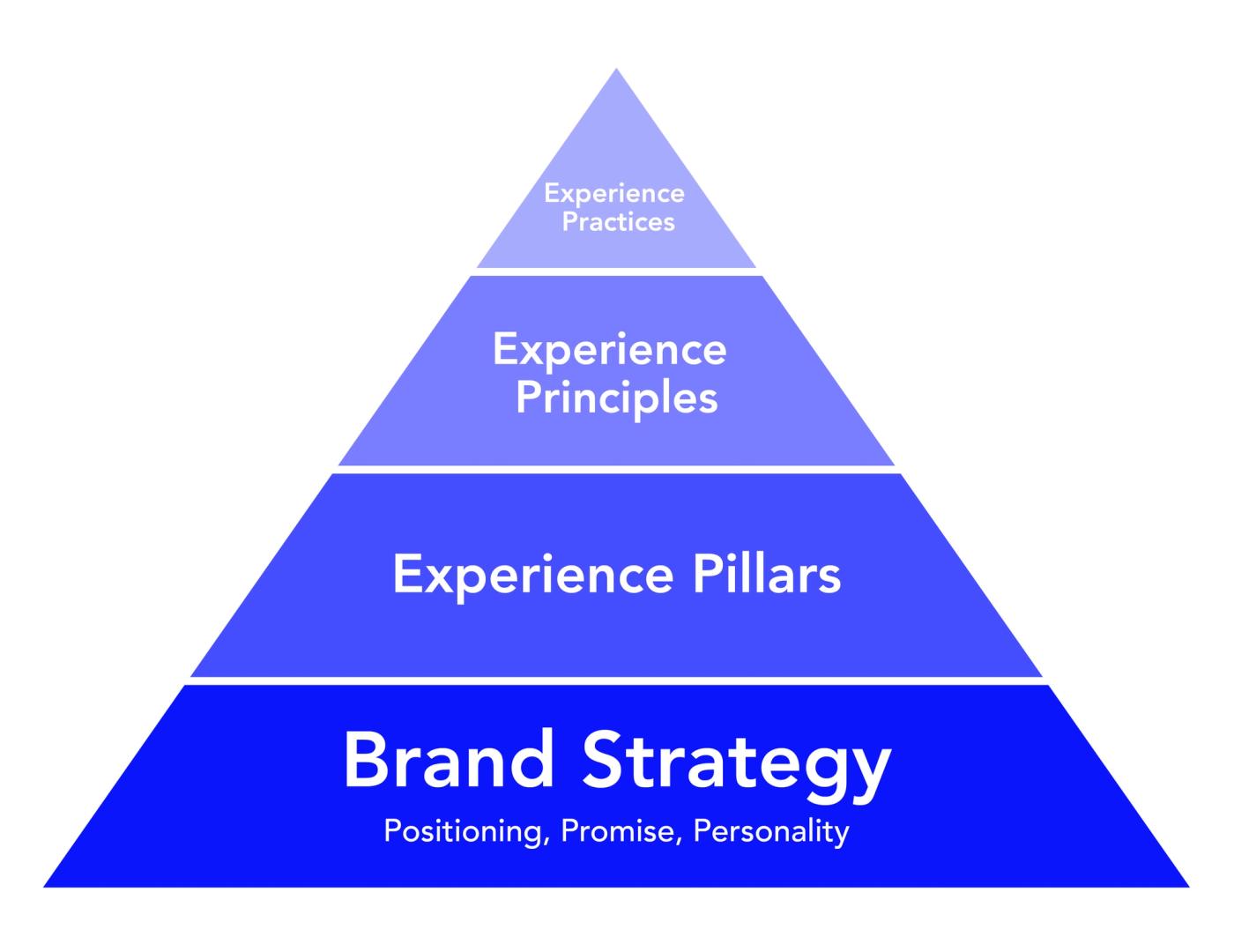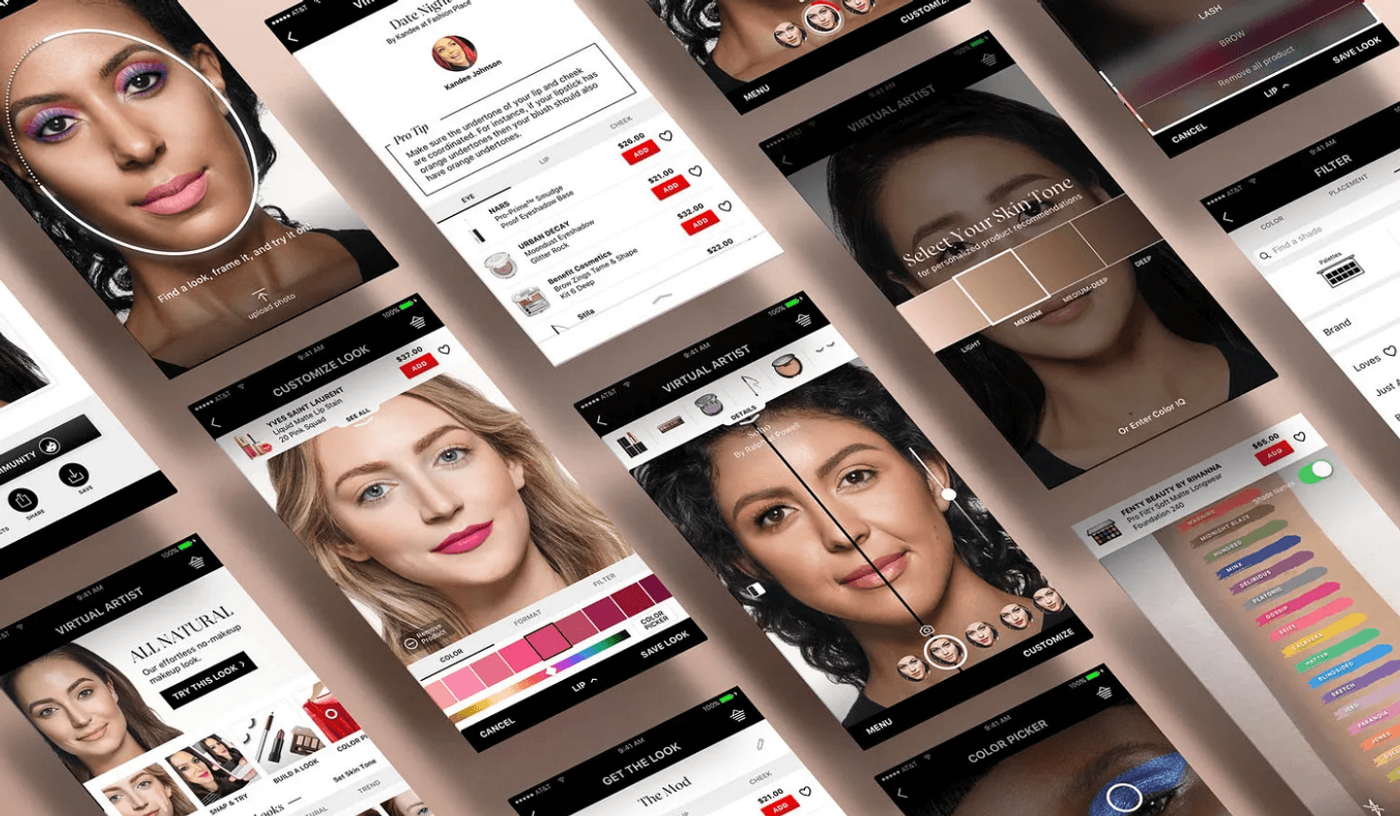Today’s Customer Experiences: A Sea of Sameness
The commoditization of Customer Experience (CX) is eroding emotional brand connection, engagement, and loyalty. As a result, both short-term performance and long-term business growth are increasingly at risk.
Commoditized CX is especially urgent for service organizations, where product differentiation is perceived as minimal, and the quality of customer experience often stands as the primary source of competitive advantage. Without meaningful CX differentiation, companies risk becoming interchangeable in the eyes of consumers, leading to lower loyalty and diminished brand equity.

Just How Bad is the Problem?
Companies in eleven of the thirteen industries that research consultancy Forrester has measured for customer experience (CX) quality over the last seven years have decreasing differentiation.
A Forrester analyst ominously described the current CX landscape as one of "pervasive mediocrity." Similarly, a Gartner Survey found that 58% of customers believe most brands' digital experiences have little to no impact on their purchase decisions. Nearly half of the respondents reported they could not distinguish between different brands' digital experiences, signaling a significant lack of differentiation. Because the low-hanging fruit of easy CX improvements has already been picked, executives will have to make significant investments to move the needle, something most are loathe to do.
Why is Addressing CX Sameness Important?
The business case for investing in CX is clear. Companies that prioritize the customer experience report an approximately 80% higher revenue increase than those that do not. A Dimension Data Global CX Benchmarking Report revealed that companies focused on improving CX benefited from:

Increased customer loyalty

Uplift in revenue

Cost savings
Failing to differentiate on customer experience can lead to significantly slower top-line growth and margin compression, threatening market share and long-term viability.
What Are the Causes?
Several interconnected factors are driving CX commoditization. There is an overemphasis on technology without human-centric design. This is often due to a shortage of expertise in designing human-centered experiences that effectively balances functional and emotional needs and aligns customer expectations with brand strategy. Many CX efforts narrowly focus on addressing functional needs such as ease-of-use and simplicity while neglecting the emotional, motivational, and contextual drivers of customer behavior.

A Branded Customer Experience Approach (BCX)
The path forward is to create authentically differentiated, meaningful customer experiences. A Branded Customer Experience (BCX) approach focuses on complete alignment of three elements: Experience Pilllars, Experience Principles, and Experience Practices.
1. Identify Your Brand’s Experience Pillars
Define 3–5 core experience pillars that articulate the emotional and functional value the brand will consistently deliver through all customer interactions. These pillars are rooted in your brand strategy, including purpose, positioning and promise, and your customers' deepest needs and wants.
There are hundreds of emotional motivators that drive consumer behavior. Below are some examples that drive significant customer value.
Pillar Name | Emotional / Functional Value |
|---|---|
Belonging | Customers feel welcomed, seen, and included. |
Personal Recognition | Customers feel individually known and valued. |
Joyful Playfulness | Customers enjoy moments of fun and lightheartedness. |
Effortless Convenience | Customers find it easy and seamless to interact and transact. |
Care and Empathy | Customers feel listened to, cared for, and emotionally supported. |
Consistency and Reliability | Customers develop brand trust through predictable and reliable experiences. |
Surprise and Delight | Customers feel unexpected joy and emotional uplift. |
Empowerment | Customers feel in control and confident. |
Authentic Connection | Customers feel genuine emotional ties with the brand, not simply transactional interactions. |
Celebration of Individuality | Customers can express themselves uniquely. |

2. Translate Your Pillars into Experience Principles
The next step is to bring the experience pillars down to earth by translating them into interaction principles. These provide clear direction for specifically how a brand should look, feel, and function across customer touchpoints.
For example, if Personal Recognition is a brand pillar, then the following interaction principles would be relevant:
- Know Me, Remember Me: Capture and use customer preferences and history to personalize interactions.
- Progressively Profile: Gradually learn more about customers through each interaction rather than asking everything upfront
- Be Context-Aware: Recognize where customers are in their journey and adjust messaging accordingly
American Express excels at personalized experiences. The brand offers concierge services and personalized offers based on spending patterns. USAA has built a very strong reputation through exceptional member service based on deep understanding of military families' unique needs. Le Labo's brand strategy centers on crafting a unique, personalized, and ritualistic experience around fragrance.
If Emotional Uplift is a brand pillar, then the following interaction principles would be relevant:
- Create Moments of Joy: Look for small opportunities to delight—unexpected kindness, thank-you notes, and little extras.
- Respond with Positivity: Use language and tone that uplifts, even when solving problems.
- Empower Customers: Leave customers feeling capable, informed, and supported, not dependent or frustrated.

Airbnb’s "Belong Anywhere" philosophy helps people feel welcomed and connected globally. Headspace makes meditation accessible and reduces anxiety around mental health. Charles Schwab takes an educational approach to investing that makes it feel approachable rather than intimidating. Sephora’s DNA is about delivering a curated, innovative and personalized prestige beauty experience, giving people the freedom to explore their beauty.

3. Experience Practices
Finally, develop signature experience practices that embody your interaction principles in memorable, authentic ways. These are a few key memorable moments that customers recognize as unique to your brand.
DoubleTree by Hilton is famous for its welcome ritual. Upon check-in, guests are greeted with a freshly baked chocolate chip cookie—a small but memorable gesture that sets the tone for a warm, personalized stay. Trader Joe's delights customers with personal recommendations at checkout. Cashiers are encouraged to chat about and recommend products based on the customer’s selections, making the checkout process feel friendly and communal. Chewy, ranked #1 in the American Customer Satisfaction Index Retail and Consumer Shipping Study for the last three years, is renowned for its handwritten Holiday Cards and Pet Sympathy Flowers. The online pet supply retailer sends customers handwritten cards for holidays and birthdays and occasionally flowers and condolences when a pet passes away.

What’s Your Branded Customer Experience (BCX)?
In an era when most customer experiences are converging toward unremarkable sameness, companies that fail to differentiate on experience risk being forgotten. Those who invest in creating authentically differentiated, meaningful experiences using a brand-driven, human-centered approach can build the emotional customer bonds that drive loyalty, advocacy, growth, and resilience. Unforgettable, signature moments are the surest indicator a company has made its Brand Pillars, Principles, and Practices a kind of Operating System, powered by a strong employee experience (EX) culture, which we will explore further in our next blog.
